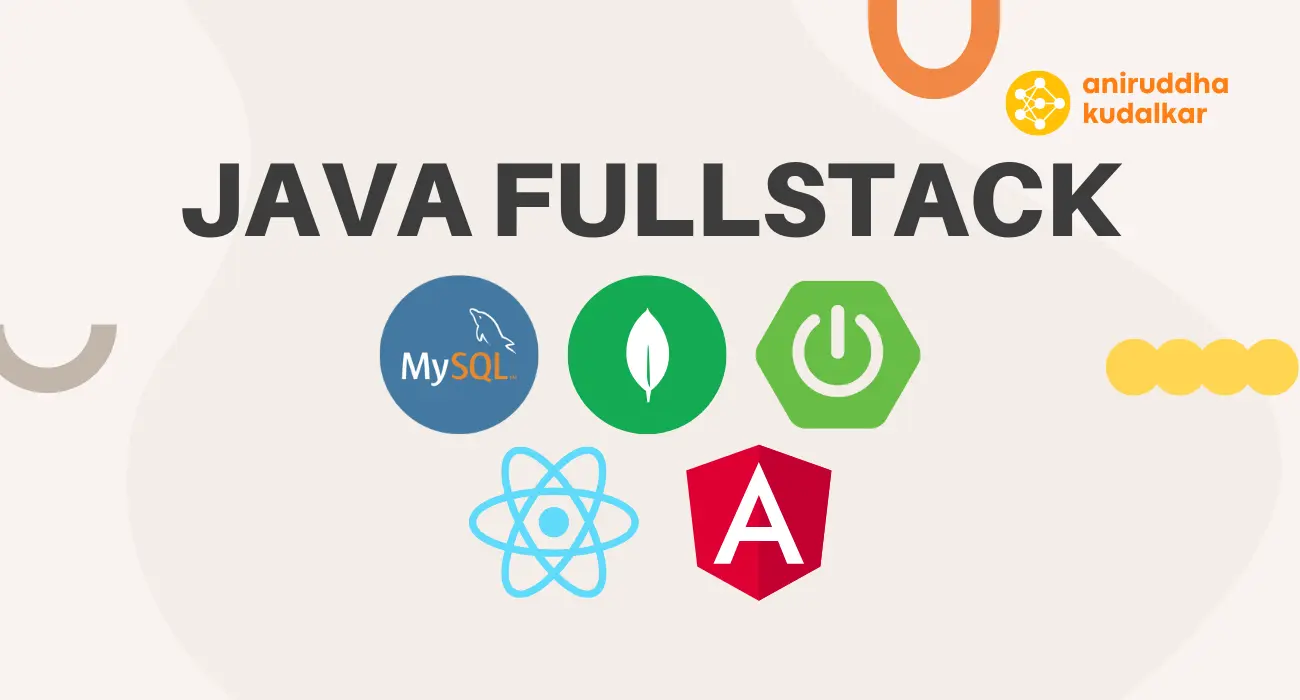
Java Fullstack Course
Course Overview
Embark on a comprehensive Java Fullstack Course that equips you with the skills to navigate the dynamic world of web development. This meticulously designed program covers a spectrum of essential modules, ensuring you gain a well-rounded proficiency. Begin with a solid foundation, delving into the course's introduction and essential environment setup. Diving into databases, you'll explore both MongoDb and MySql, enabling you to manage data seamlessly.
The Java component will empower you with programming prowess, while the frontend segment hones your abilities in HTML5, CSS3, Bootstrap5, and a choice between ReactJs and Angular. Transitioning to the backend, navigate Core Spring, SpringBoot, Spring Data, and Spring Security, mastering the art of creating robust and secure applications.
Our holistic approach extends to DevOps, teaching you CI/CD, Git, Jenkins, Docker, and Kubernetes for efficient development. Cloud integration is also a vital skill, as you'll navigate AWS services like ec2, beanstalk, and s3. Practicality reigns as you progressively construct a project module by module, applying newfound knowledge in real-world scenarios.
To ensure a seamless learning experience, sessions will be recorded and available on YouTube for your reference. Comprehensive notes will be shared via Notion or our official website, and your journey will be anchored by accessible source code on GitHub. Prepare to embrace the world of Java fullstack development with expertise and confidence.
What You’ll Learn From This Course
- Git: Version control for collaborative development and efficient code management.
- MySQL: Storing and manipulating structured data using a relational database.
- MongoDB: Handling unstructured data efficiently with NoSQL databases.
- Java: Utilize Java to build engaging web applications that offer interactivity and dynamism.
- Core Spring: Learn Core Spring to develop resilient applications following industry best practices.
- Spring Boot: Leverage Spring Boot's ease to create sophisticated applications with efficiency.
- Spring Security: Implement secure measures with Spring Security to safeguard your application's integrity and user data.
- Web Development: HTML5, CSS3, Bootstrap 5: Building visually appealing and responsive web interfaces with the power of HTML5, CSS3, and Bootstrap 5.
- React: Developing dynamic and responsive user interfaces with React library.
- Docker: Containerizing applications for streamlined deployment and management.
- Kubernetes: Orchestrating containerized applications for efficient scaling and automation.
- CI/CD: Implementing continuous integration and continuous deployment for faster software delivery.
- AWS: Integrating and deploying MERN applications on Amazon Web Services (AWS) cloud services like EC2, Beanstalk, and S3.
- Project: Throughout the course, you'll work on a real-world project, incorporating these technologies to create a comprehensive web application.
Certification
Upon successful completion of the course, participants will receive a prestigious Completion Certificate. This certificate will be awarded to those who have demonstrated proficiency by successfully completing the course, case studies, and the hands-on project. The certification serves as a testament to their newly acquired skills and expertise in web development, validating their achievements and enhancing their career prospects.
- H/W Requirements
- S/W Requirements
- Code Editor
- Git Setup
- Maven Setup
- About Data
- Course Relational Databases
- Local Non Relational Databases
- Fundamentals
- Course ER Diagrams
- Normalization
- Introduction
- Course Installation
- Local MySQL Prompt
- Local VSCode Extention
- Local Other Clients
- Local Conclusion
- Basics Of SQL
- Data Types
- DDL
- Constraints
- DML
- DQL
- Operators
- Like, In, Between
- Limit & Offset
- Aggregate Functions
- Utility Functions
- Order By, Group By, Having
- Subqueries
- Relationships
- Joins
- Unions
- Indexes
- Sequences
- Views
- Stored Procedures
- Triggers
- Conclusion
- Intro to NoSQL Databases
- Types of NoSQL Databases
- Data Models & Schema Design
- Understanding Unstructured Databases
- Installing MongoDb
- Data Modeling
- Mongo DataTypes
- Manipulating Database
- Manipulating Collections
- Manipulating Documents
- Projections
- Sorting, Limiting
- Indexes
- Aggregation Pipeline
- Sharding
- Replication
- Backup
- Deployment
- Java Basics
- Hello World
- IntelliJ Overview
- Classes and Objects
- More on Classes and Objects
- Flow Control
- String, Arrays, BigDecimal
- Packages and Modules
- OOPS In Java
- Composition and Inheritance
- Interfaces
- Java Beans
- Enums
- Exception Handling
- Generics and Collection
- Unit Testing with JUnit 5
- JDBC Connectivity
- Date Time Api
- Java Naming Conventions and Best Practices
- Servlets
- Design Patterns
- Inner Classes
- Lambda Expressions
- Streams
- Annotations
- Reflection
- Needed Java Classes
- File Handling
- Threading and Concurrency
- Logging and Log4j
- Tuning Garbage Collection
- JUNIT 5
- Mockito
- Generics and Collection
- Unit Testing with JUnit 5
- JDBC Connectivity
- Date Time Api
- Java Naming Conventions and Best Practices
- Introduction to Spring
- Configuration
- Dependency Injection
- Stereotype Annotations
- Bean Scope and Lifecycle
- Bean Scope and Lifecycle
- Externalizing Properties
- SpEL
- Profiles
- Spring Boot Overview
- RESTful Services with SpringBoot
- Common REST Patterns
- Java Clients for RESTful Services
- Spring Boot Database Support
- Spring and Spring Data with JPA
- Spring Transaction (TX) Management
- Spring Boot Deployment
- API Documentation
- Actuator and Devtools
- Spring Boot CLI
- Spring Testing
- Introduction
- Spring Security Configuration
- Basic Authentication
- JWT Implementation
- OAuth 2.0 using Keyclock
- Introduction
- Create Project
- VSCode Settings
- Understanding Html Structure
- Semantic Tags
- Images
- Links
- Sub & Sup
- Strong & Em
- Special Characters
- List
- Table
- Div & Span
- Form
- Prettier & Code Formatter
- Css Intro
- Linking Css
- Basic Css Syntax
- Selectors
- CSS Inheritance
- Last Rule, Specificity, Universal Selector
- Default Browser Styles
- Colors Intro
- Units Intro
- Calc Functions
- Typography
- Text-Align, Text-Indent
- Box-Model Intro
- Basic Horizointal Centering
- Display Property
- Background Image
- Linear Gradiants
- Float Property
- Positioning
- Media Queries
- Z-Index
- Css3 Pseudo Selectors
- Flex Box
- DOM Intro
- DOM General Concepts
- Window & Document
- Query Selector
- Create Element
- Change Css with style property
- Event Overview
- Forms Submission
- Local and Session Storage
- Why Docker
- Installation
- Docker Concepts
- Docker Hub
- Docker Commands
- Docker Debugging
- Docker Volumens
- Docker Networks
- Docker Compose
- Running MySQL in Docker
- Dockerizing Fullstack App
- Why Kubernetes
- Kubernetes Architecture
- Kubernetes Concepts
- minikube and kubectl Installation
- k8s YAML Config File
- Organizing Components with namespaces
- Ingress Explained
- Helm Package Manager
- Persisting Data in k8s with Volume
- Deploying stateful apps with StatefulSet
- k8s Services
- Docker, Kubernetes, Fullstack App Together
- Understanding CI/CD
- Installing Jenkins
- Working with Jenkins
- Jenkins Pipeline
- Pipeline Stages
- Compelete Pipeline
- Cloud Computing Basics
- AWS Architecture
- AWS bascis
- VPC
- EC2
- Bean Stalk
- ECR
- CodeCommit
FAQs
- 8 weeks or 80 Hours or 40 days, daily 2 hours. One and Half hours training and last half hour practice and doubt clearing.
- Anyone who is willing to learn the web development.
- It totally depends.









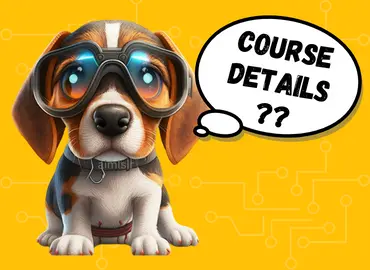
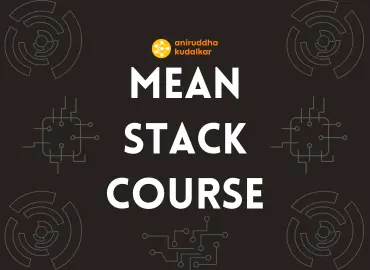
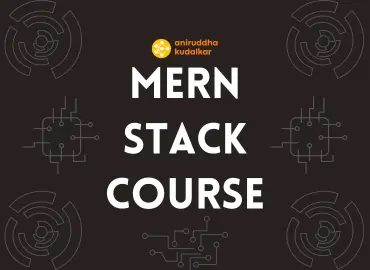
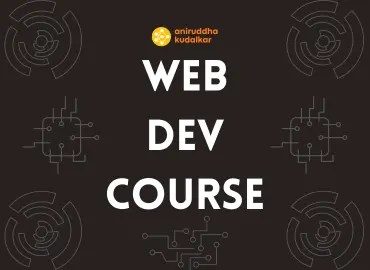


Reviews
Juhi P
“ Taking part in the Java Fullstack course has been an absolute turning point for me. The practical projects opened doors to real-world applications, while the meticulous guidance dismantled complex ideas into easily understandable fragments. The nurturing learning atmosphere encouraged my development and bolstered my confidence in creating versatile and resilient web solutions. I can't stress adequately how this course has fast-tracked my growth as a developer. If you're enthusiastic about mastering the Java Fullstack, I wholeheartedly endorse this course as an experience that's truly transformative! ”